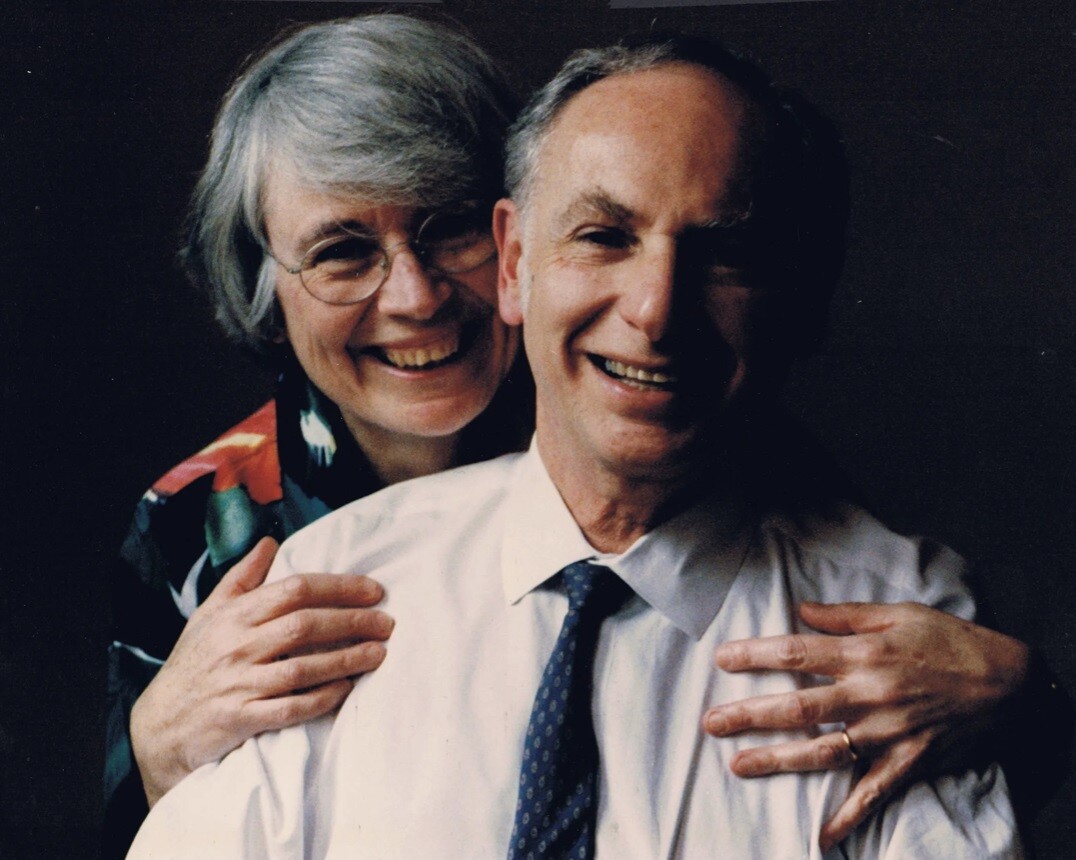
This month, writing an invited editorial in Psicosomática y Psiquiatría, Professor Mary V. Seeman provides a fascinating and concise perspective on the long and fruitful career of Dr. Phillip Seeman.
Professor Philip Seeman OC, MD, PhD, DSc FRSC of the Department of Pharmacology & Toxicology was a Canadian icon of neuroscience research and neuropharmacology.
In her most recent editorial, Mary recounts Dr. Seeman’s fascination for the brain, and how he became interested in the mechanisms underlying the newly synthesized ‘major tranquilizers’ while doing his doctorate work in the lab of Nobel laureate George Palade. There he used the Rockefeller electron microscope to study the effects of these drugs (chlorpromazine, prochlorperazine, haloperidol) on the membranes of his own red blood cells.
Shortly after the Spanish journal, Psicosomática y Psiquiatría, published a short obituary after Phil’s death, Jan 9, 2021, the editors contacted Mary and asked if she would be willing to write a short paper summarizing Phil’s contributions. “Which I was glad to do because I have all his lab books, original results, first papers etc. I also, of course, have memories of the various steps he took – the “agony and ecstasy” of his dopamine receptor journey and I continue to be in close touch with his lab technicians, former graduate students, and collaborators.”
The article summarizes decades of research, including Dr. Seeman's monumental discovery of the “antipsychotic” receptor, later renamed the D2 dopamine receptor, and the story behind "the most famous graph in schizophrenia therapeutics”. The latter showed that the clinical doses of antipsychotic drugs, regardless of their molecular structures, were related to their ability to displace radioactive haloperidol.
Mary shares that Dr. Seeman’s last paper describes the development of a new D2 agonist ligand that is capable of distinguishing between the active D2high state of the receptor from its inactive D2low state. This paper is the culmination of his latter focus on the dopamine high affinity state of the D2 receptor. His paper describes the first agonist radioligand with specificity for D2high, providing an excellent new tool with which to study D2 receptor dynamics in psychotic disorders.
Mary has published several commentaries and reviews to help keep the memory of Phil and his many contributions to the field alive, including an upcoming article in press (Seeman, M.V., Remington, G.: Commentary on A. Carlsson: Antipsychotic agents: elucidation of their mode of action. Nervous System. Discoveries in Pharmacology. Parnham M., Page C., Bruinvels J., eds. Elsevier; in press 2021).
https://www.wjgnet.com/2220-3206/full/v11/i7/355.htm
Dr. Philip Seeman’s research accomplishments include ~800 articles with a h-index of 106, i10-index of 405 with citations of 56,000 (Google Scholar). He has mentored over 100 students, post-doctoral fellows and trainees.
His obituary can be found in the Globe and Mail.
For those who knew Dr. Seeman, his generosity, kindness, mentorship, collegiality and friendship will always be very fondly remembered.
